Photo


Skeleton of a Woman from York, England dated to the 4th Century CE on display at the Yorkshire Museum in York, England
The excavation revealed much about the woman including her race, class and how she died.
Residue on her teeth indicates she came from a hot arid climate like North Africa. She is not the only North African resident found in Britain from the Roman occupation as merchants, soldiers and slaves moved all over the Empire including Britannia. Another indication is her personal jewelry. Glass from the Rhineland, Jet from Whitby and North African Ivory.
This indicates she was a woman with influence and connections to different trade links around the world. She was most likely a merchant with some rather cosmopolitan tastes.
Photographs taken by myself 2016
5 notes
·
View notes
Photo

Craigie Brooch from Christian Road, Dundee dated between 80-350 CE on display at the McManus Art Gallery and Museum in Dundee
Workmen building a new road in 1902 found a long cist containing the skeleton of a young man and brooch made of iron. Though much corroded, the brooch has faint traces of textiles clinging to it.
Photographs taken by myself 2018
5 notes
·
View notes
Link
6 notes
·
View notes
Photo

Skull of a female attendant, with jewelry and headdress of gold and lapis lazuli. Found in royal cemetery of Ur.
2K notes
·
View notes
Text
0 notes
Text

The crushed skull of a male guard, still encased in his metal helmet, found within the "Great Death Pit" at Ur, Iraq, provides a chilling and profound insight into the brutal realities of royal burials in Sumerian civilization around 2600 BCE. This artifact, now housed at the Penn Museum in Pennsylvania, is not merely a skeletal remain but a visceral testament to the extreme human sacrifice that accompanied the internment of figures like Queen Puabi.
The "Great Death Pit" itself is an extraordinary archaeological discovery, a mass grave containing dozens of royal retainers, soldiers, musicians, and servants, all seemingly interred simultaneously with their monarchs. The crushed nature of the guard's skull, along with evidence from other bodies in the pit, suggests that these individuals were not simply buried alive, but were perhaps killed by a blow to the head, or possibly even drugged before being interred. The fact that the entire mass burial was later "flattened" by subsequent tomb constructions further underscores the scale and deliberate nature of these elaborate, yet horrific, funerary practices.
This artifact, therefore, serves as a powerful symbol of the immense power wielded by Sumerian rulers and the deeply ingrained belief system that demanded such ultimate devotion from their subjects in the afterlife. It offers invaluable, albeit grim, data for understanding ancient Mesopotamian social structures, religious beliefs surrounding death and royalty, and the sheer human cost associated with the construction of their monumental tombs.
Source: The Tudor Intruders
Facebook
1 note
·
View note
Photo
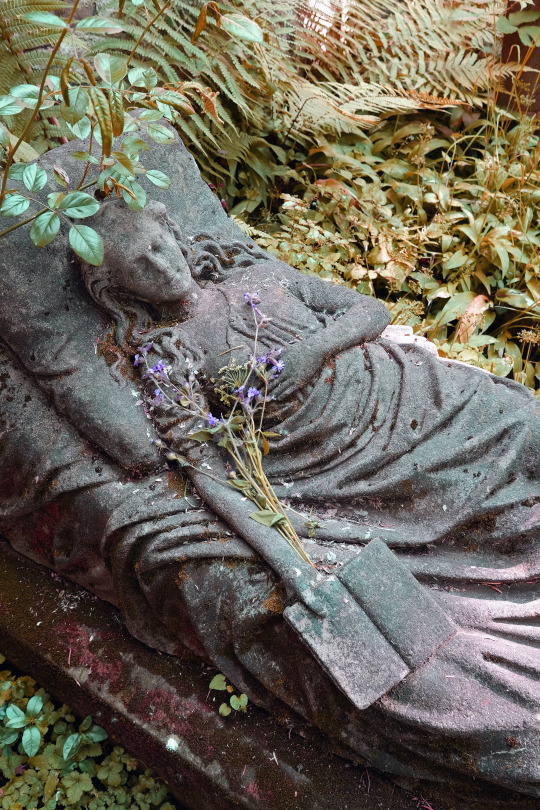
Grave of Caroline Christine Walter, Freiburg Old Cemetery. She died aged 17 in 1867 and every day since then a mystery donor has left flowers on her grave.
15K notes
·
View notes
Text

She had blond hair, high cheekbones, and wore clothing reminiscent of ancient Celts—yet she was found buried beneath the sands of China’s vast Taklamakan Desert. Known as the Beauty of Loulan, this remarkably well-preserved mummy is over 3,800 years old, and her discovery has rewritten what we thought we knew about early migration, trade, and cultural exchange.
Unearthed in the early 1980s near Loulan, in the Xinjiang region of western China, the mummy shocked archaeologists. Not only was she astonishingly intact, but her facial features, braided blond hair, and woven wool garments seemed distinctly European. DNA testing later confirmed that she and other mummies from the region were of Western Eurasian origin—suggesting that people were moving across continents and connecting cultures far earlier than previously believed.
The Beauty of Loulan wasn’t alone. Hundreds of similar mummies have been discovered in the Tarim Basin, many with Caucasian features, Indo-European ancestry, and garments made from tartan-like fabrics. These findings point to the existence of ancient Indo-European-speaking peoples, possibly related to the Tocharians, who lived and traded along what would later become the Silk Road—long before it was formally established.
Their presence challenges the long-held belief that early China was culturally and ethnically isolated. Instead, it reveals a much more interconnected ancient world, where ideas, goods, and even people moved across great distances through harsh landscapes like the Taklamakan Desert.
Despite being thousands of years old, the Beauty of Loulan remains hauntingly human—her eyelashes still visible, her expression serene. She stands as a silent testament to forgotten journeys, lost cultures, and the complexity of early civilisation.
Follow for more History Facts!
#HistoricalFacts #HistoryFacts #USAHistory #TimeTravel #DidYouKnow #AncientChina #Mummies #LoulanBeauty #HumanMigration #LostCivilisations
Source: Historical Facts
Facebook
7 notes
·
View notes
Text
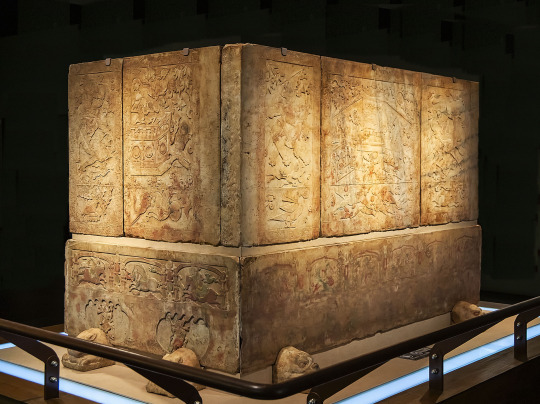
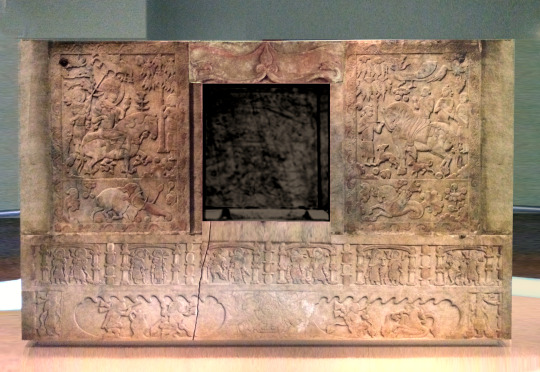

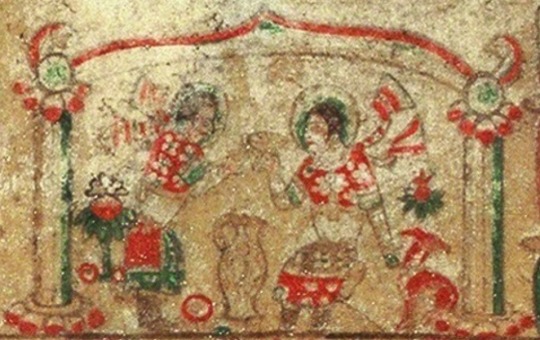
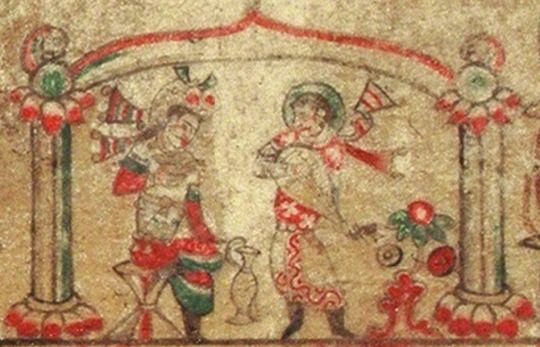
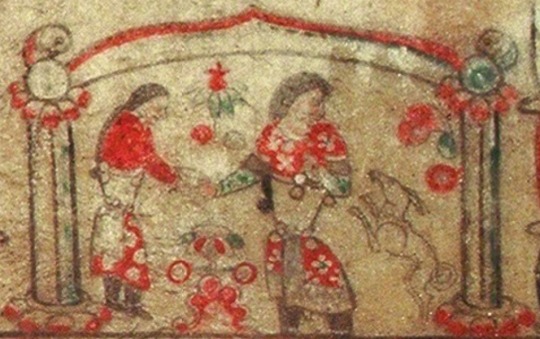


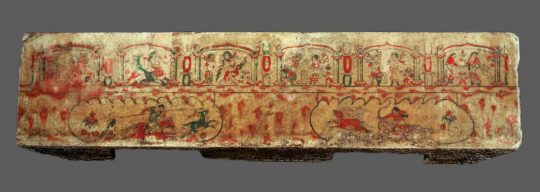
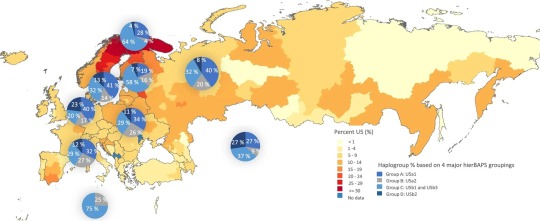
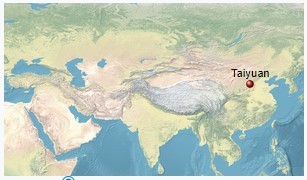
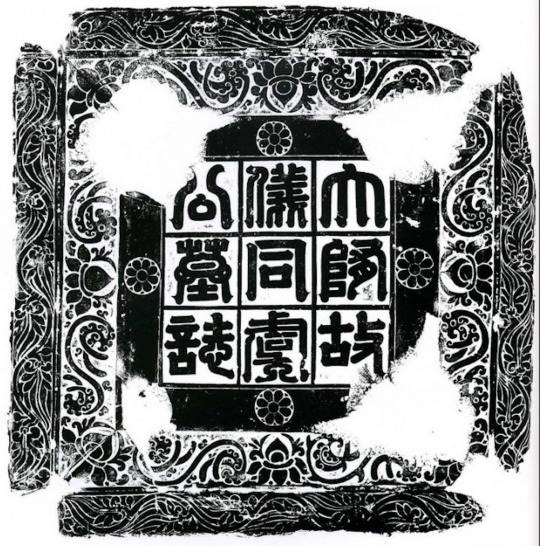
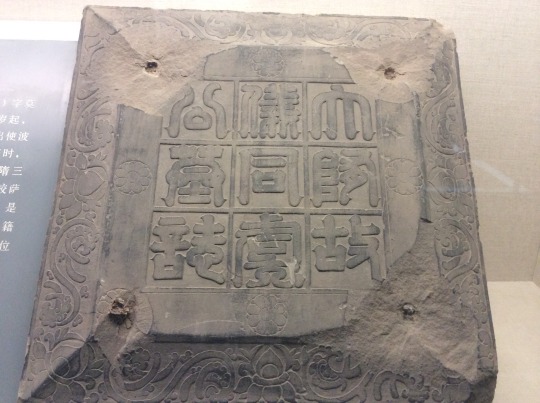
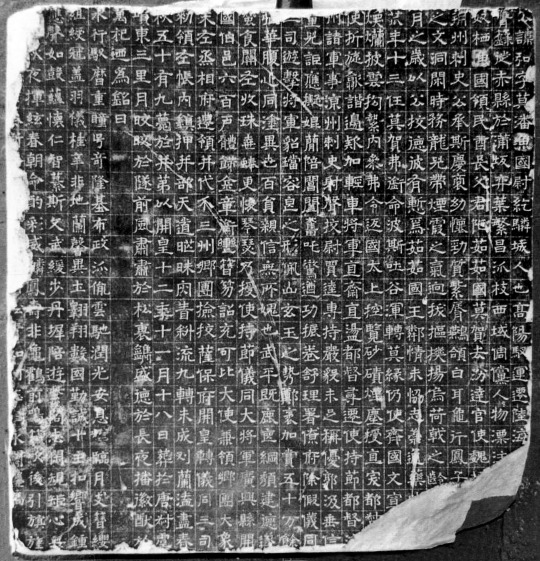
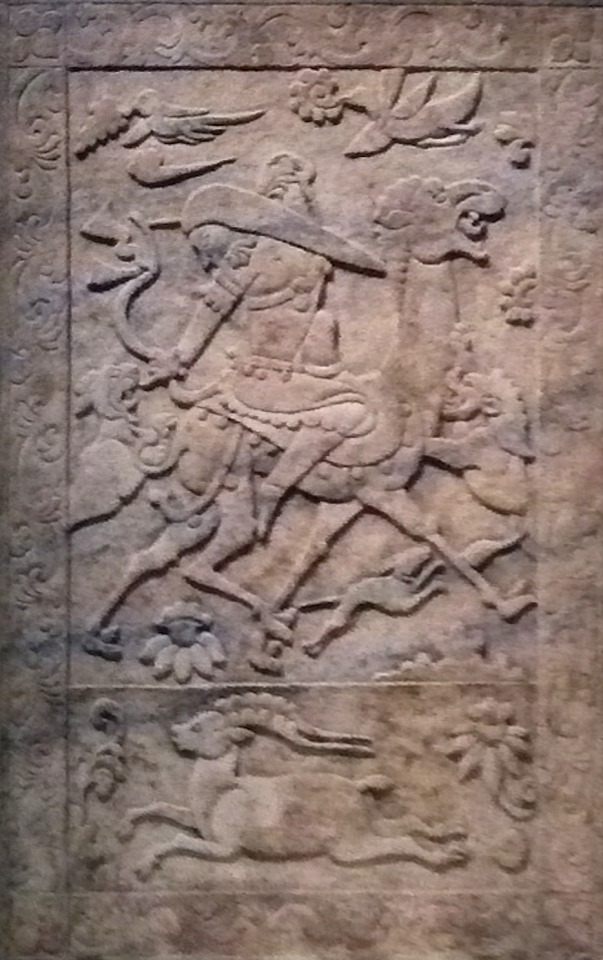
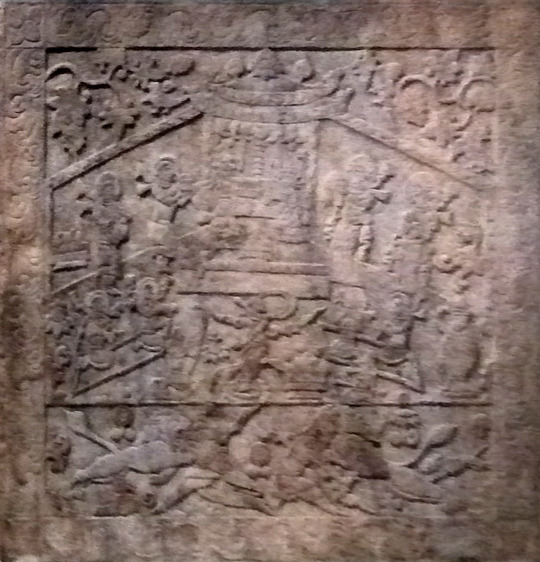
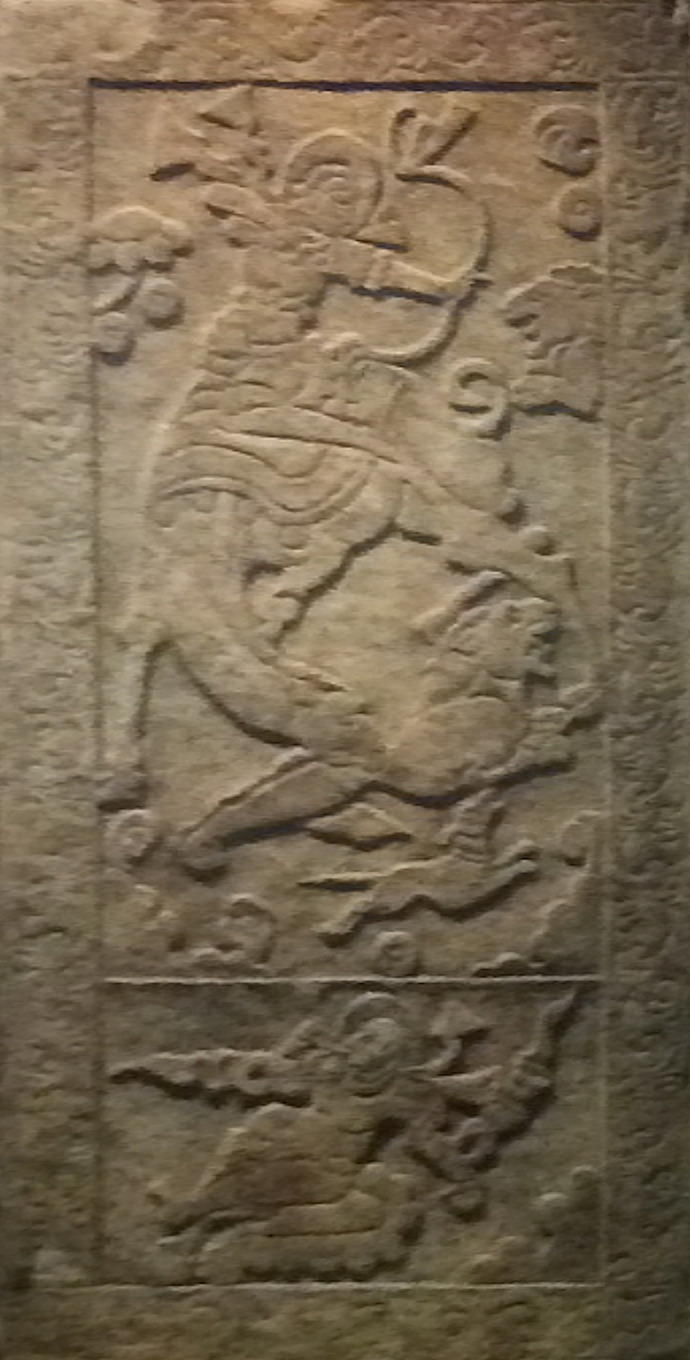
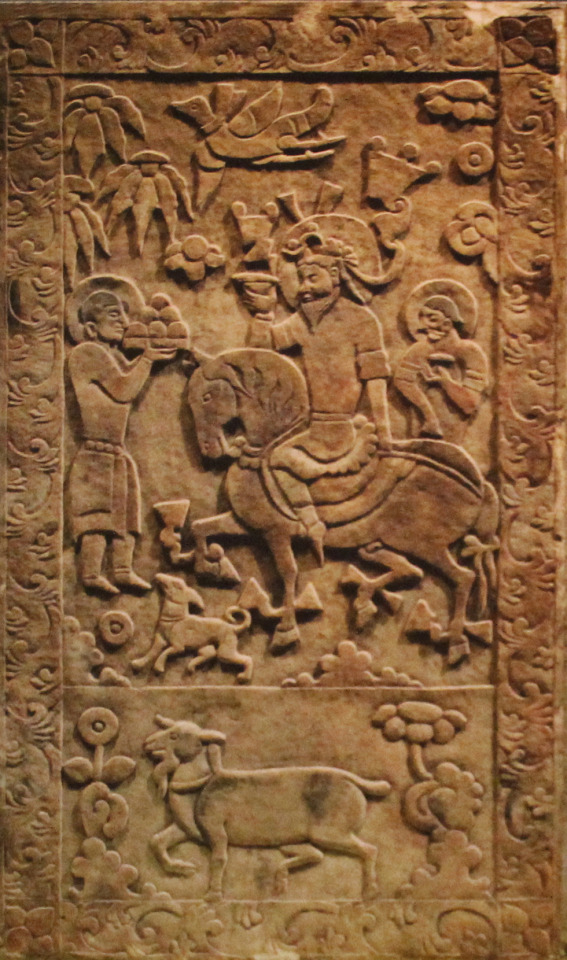
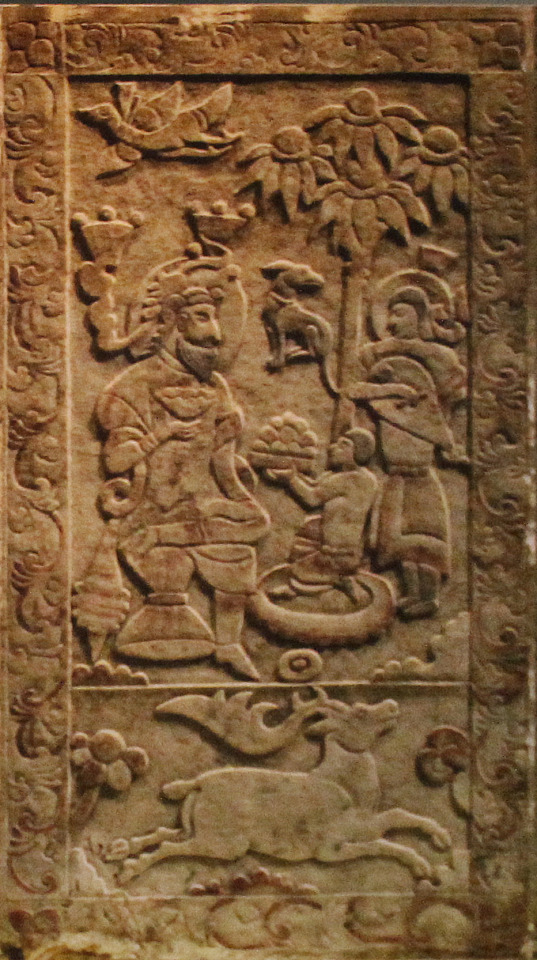
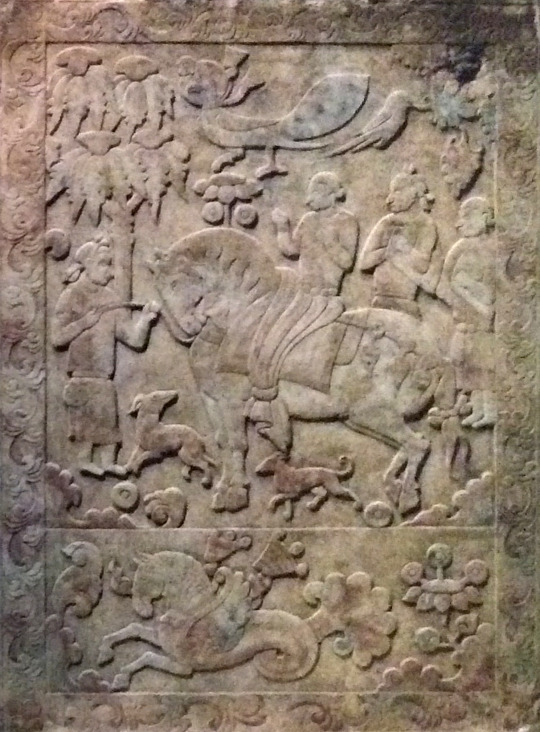
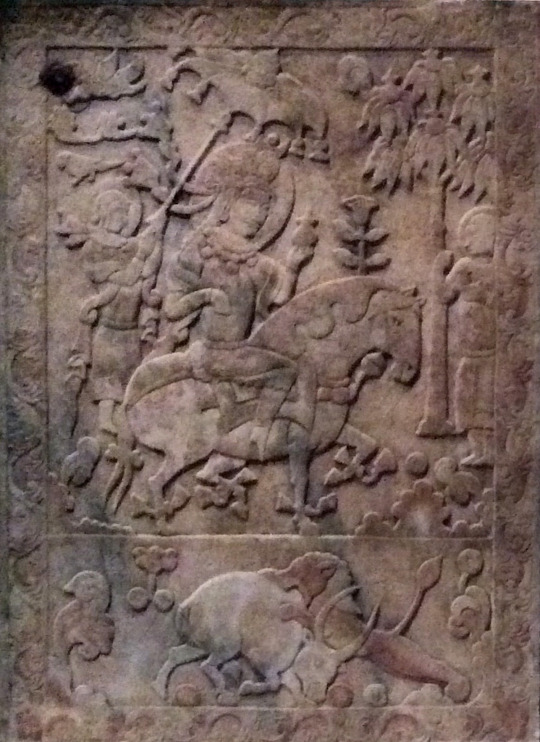
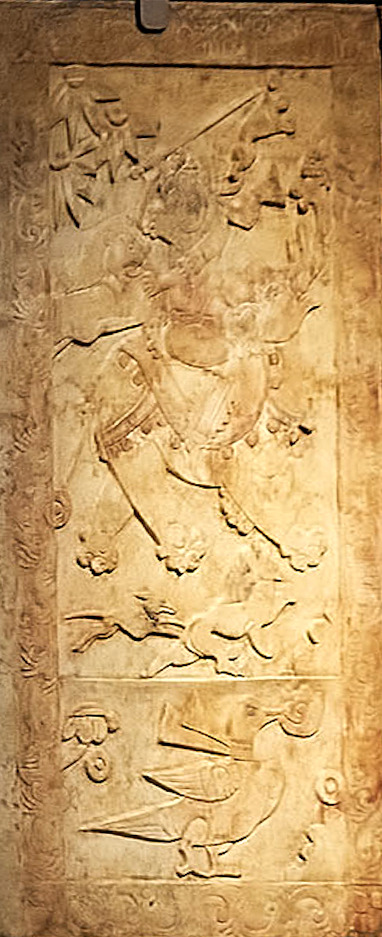
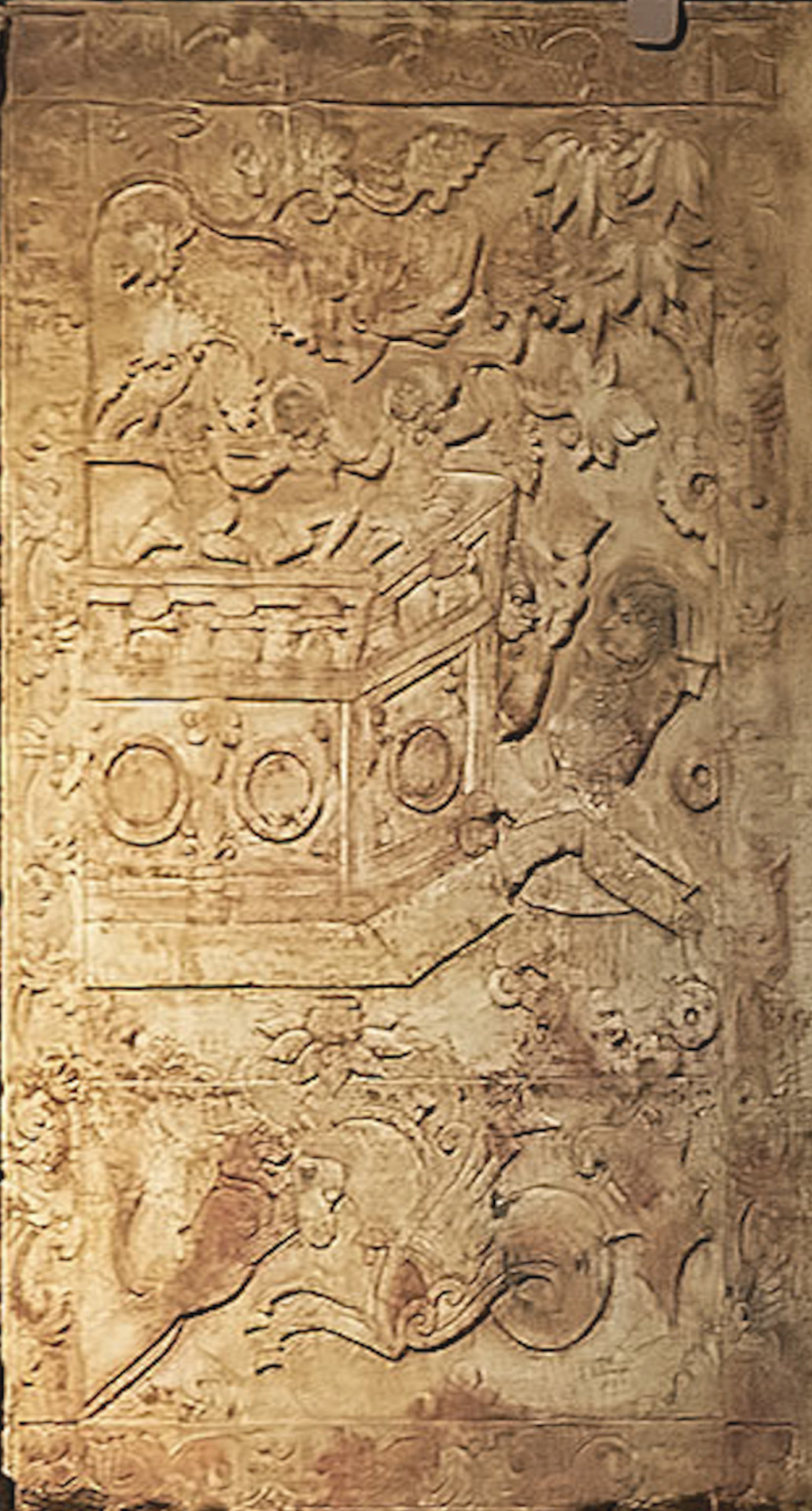



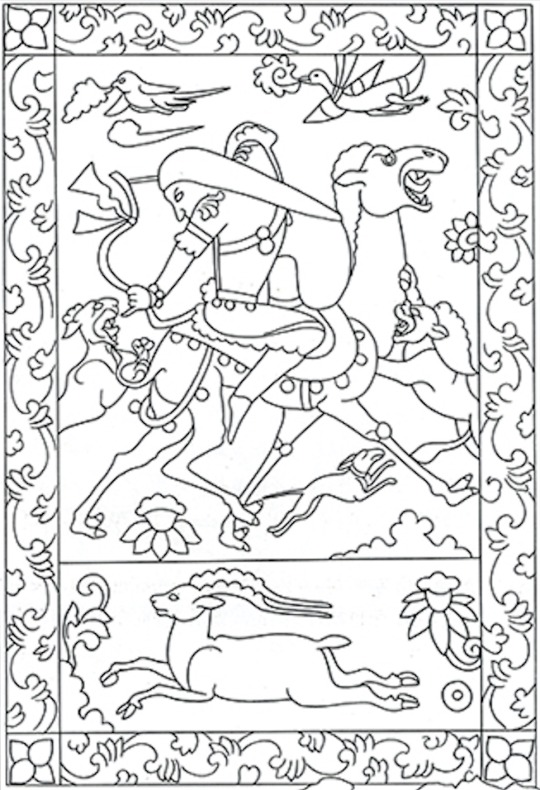
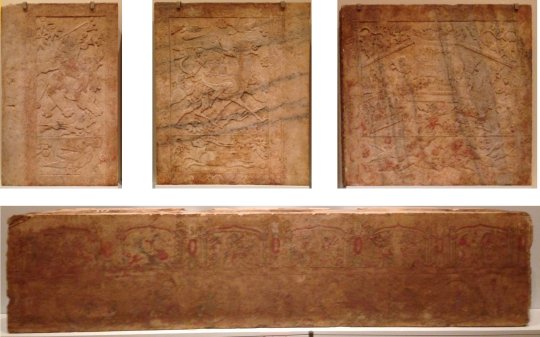

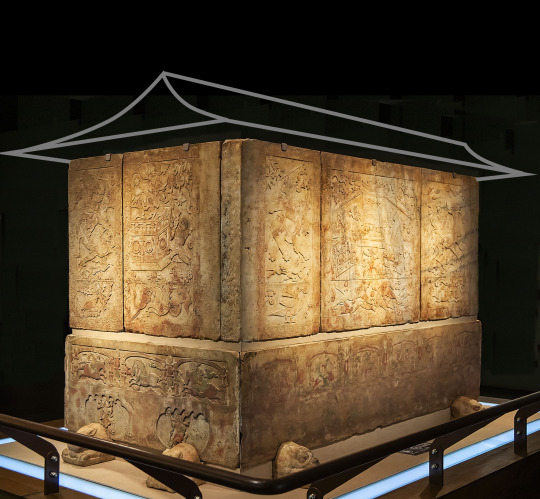
Tomb of Yu Hong 592-598 CE. Link to my blog at bottom with more sources and description of individual images.
This is probably a Sogdian tomb. Interestingly, the man has a haplogroup that was widespread amongst the blue-eyed Mesolithic/Neolithic Western Hunter Gatherers (WHG are probably where blue eyes originated from) and the haplogroup is found today most prominently in Sami, Finns, and Estonians. His wife has a haplogroup found prominently amongst East Asians. Based on her East Asian origins and the inclusion of some Turkic-looking people in the tomb's artwork I would assume she was probably a Turk, herself. The long-haired men without halos (e.g. panel 4) are probably Turks, that was a typical appearance for them during this time period. Men from other surrounding populations such as the Sogdians, Huns, Tocharians, etc. typically kept shorter hair that didn't go past their shoulders. More info:
"The man buried in the tomb went by Yu Hong (Chinese: 虞弘; pinyin: Yú Hóng; Wade–Giles: Yü Hung; 533–592 AD), with Mopan (莫潘) as his courtesy name, who was a Central Asian, probably of Persian or Sogdian origin, and practiced Zoroastrianism. He had settled in Early Middle Period China during the Northern Qi, Northern Zhou and Sui dynasties. This tomb is so far the only archaeological find in the Central Plains region that reflects Central Asian (Western Regions) culture. The epitaph found in the tomb records that he was a noble of the city of Yü-ho-lin / Yuhelin (尉紇驎) in the mysterious Yu country (魚國), assumably for which he is named, because the two characters 虞 and 魚 are homophones.
According to the epitaph, Yu Hong started his career in service of the nomadic tribe at the time, known as Ruru. At the age of 13, he was posted as an emissary to Persia by the Khagan of Ruru, as well as Parthia, Tuyuhun and Yuezhi. Later he went on a mission to the Northern Qi, Northern Zhou and Sui dynasties. He served as chien-chiao sa-pao fu / jianjiao sabao fu (檢校薩保府, lit. “acting director of the office of Zoroastrian affairs”, or “Sogdian affairs”) during the Northern Zhou period. The term sa-pao / sabao (薩保) comes from the Sogdian s′rtp′w, means a “caravan leader”.
He had later served as a provincial governor in the Sui dynasty government, a chieftain of the Central Asian people who had settled in China during that period. Yu Hong died at the age of 59 in 592 AD. His wife survived him by six years, and was buried in the same grave in 598 AD.
A study on ancient DNA reveals that Yu Hong belonged to the haplogroup U5, one of the oldest western Eurasian-specific haplogroups, while his wife can be classified as haplogroup G, the type prevalent in East Asia.
The age of U5 is estimated at between 25,000 and 35,000 years old, roughly corresponding to the Gravettian culture. Approximately 11% of Europeans (10% of European-Americans) have some variant of haplogroup U5.
U5 was the predominant mtDNA of mesolithic Western Hunter Gatherers (WHG) [this is where blue eyes probably originated from].
U5 has been found in human remains dating from the Mesolithic in England, Germany, Lithuania, Poland, Portugal, Russia, Sweden, France and Spain. Neolithic skeletons (~7,000 years old) that were excavated from the Avellaner cave in Catalonia, northeastern Spain included a specimen carrying haplogroup U5.
Haplogroup U5 and its subclades U5a and U5b today form the highest population concentrations in the far north, among Sami, Finns, and Estonians. However, it is spread widely at lower levels throughout Europe. This distribution, and the age of the haplogroup, indicate individuals belonging to this clade were part of the initial expansion tracking the retreat of ice sheets from Europe around 10,000 years ago.
U5 was the main haplogroup of mesolithic European hunter gatherers. U haplogroups were present at 83% in European hunter gatherers before influx of Middle Eastern farmer and steppe Indo-European ancestry decreased its frequency to less than 21%.
Today, haplogroup G is found at its highest frequency in indigenous populations of the lands surrounding the Sea of Okhotsk. It is an East Asian haplogroup. Haplogroup G is one of the most common mtDNA haplogroups among modern Ainu, Siberian, Mongol, Tibetan and Central and North Asian Turkic peoples people (as well as among people of the prehistoric Jōmon culture in Hokkaidō). It is also found at a lower frequency among many other populations of East Asia, Central Asia, Bangladesh, Sri Lanka, and Nepal. However, unlike other mitochondrial DNA haplogroups typical of populations of northeastern Asia, such as haplogroup A, haplogroup C, and haplogroup D, haplogroup G has not been found among indigenous peoples of the Americas."
-taken from Wikipedia
148 notes
·
View notes
Photo








Jeweled Skeletons From the 1600’s
‘Taken from the catacombs of Rome in the 17th century, the relics of twelve martyred saints were then attired in the regalia of the period before being interred in a remote church on the German/Czech border.’
- Immortal, Toby de Silva
4K notes
·
View notes
Text

All humans can trace their maternal ancestry back to a woman known as
"Mitochondrial Eve," who lived in Africa roughly 150,000 to 200,000 years ago.
She is the most recent female ancestor whose mitochondrial DNA has been passed down, unbroken, to every person alive today.
Source: Ancient History
Facebook
2 notes
·
View notes
Text
Source: Ancient History
Facebook

In the serene peat marshes of northern Germany, a shocking find in 1922 would alter our perceptions of Iron Age Europe forever. The remains of a young boy—referred to as the Kayhausen Boy—were uncovered from the protective grip of the bog, unveiling a narrative of violence that has intrigued archaeologists for over a hundred years. Dated to around 300-400 BCE, this seven-year-old's remains represent one of the most compelling mysteries in archaeology.
3 notes
·
View notes
Text

In the serene peat marshes of northern Germany, a shocking find in 1922 would alter our perceptions of Iron Age Europe forever. The remains of a young boy—referred to as the Kayhausen Boy—were uncovered from the protective grip of the bog, unveiling a narrative of violence that has intrigued archaeologists for over a hundred years. Dated to around 300-400 BCE, this seven-year-old's remains represent one of the most compelling mysteries in archaeology.
3 notes
·
View notes
Photo

Wolf skeleton dressed as a warrior, found with an atlatl, gold disk, and shell necklace. Found in an offering at the Templo Mayor, Mexico City. Aztec. Late 15th century.
https://twitter.com/friel/status/1199144334911791104/photo/1
10K notes
·
View notes
Text

A stunning discovery in Siberia has amazed scientists—a 42,000-year-old baby horse, known as the “Lena horse,” was found perfectly preserved in the frozen ground called permafrost. What makes this find so special is that the foal still had liquid blood and urine inside its body, something almost never seen in animals this old. The cold temperatures kept its body from breaking down over thousands of years. This ancient horse lived during the Ice Age, and its body gives scientists a rare chance to learn more about animals from that time. Even more exciting, the blood could help researchers study its DNA and maybe even try to bring back animals like it through cloning in the future. This little horse isn’t just a fossil—it’s a frozen piece of the past that could open the door to big discoveries about life long ago.
Source: Ancient History
Facebook
1 note
·
View note
Text
Just sitting here thinking to myself, it's only been 75 years since it became normal for parents not to bury their own children. It's only been about 3 generations since we mourned a quarter of our children. It's been a tiny sliver of a slice of the history of humanity since surviving your first 10 years was a coin flip

source
and I can't even imagine it. I cannot comprehend what it was like for 99.99% of history. How did they survive burying half of their children? I fully expect my own children to outlive me; it will be considered a rare, unexpected tragedy if they don't. How was this much misery normal for that much of history?
3K notes
·
View notes
Text

In 1879, deep within the peat bogs of Denmark, archaeologists made a shocking discovery—an ancient woman, perfectly preserved for over 2,000 years. Known as the Huldremose Woman, she offers an incredible glimpse into the past, her skin, hair, and clothing remarkably intact despite the passage of millennia.
Standing at over 40 years old, which was considered elderly in the Iron Age, the Huldremose Woman’s life ended in a way that still puzzles scholars. Her right arm had been severed with a sharp tool, suggesting she may have been a ritual sacrifice—a practice not uncommon in ancient Europe, where bogs were seen as sacred gateways between worlds.
But it’s her attire that truly tells her story. She wore a woolen skirt dyed blue, a red checked scarf, and two capes made from 11 lambskins. One cape even had 22 carefully sewn patches, symbolizing her high status in society. A bird-bone pin fastened her scarf, and a bone comb tucked into her garment hinted at protection and care.
Around her neck were two amber beads on a wool cord, adding to the mystery of her life. Her last meal? Ground rye, seeds, and animal tissue, offering a glimpse into her daily existence.
The exact reason for her death remains a mystery, but scholars believe she was sacrificed—a ritual that connected her to the spiritual world. Her story, preserved by the very earth that took her life, is a haunting reminder of the ancient rituals that once shaped our world.
#AncientRituals #BogBodies ~Forgotten Stories
4 notes
·
View notes